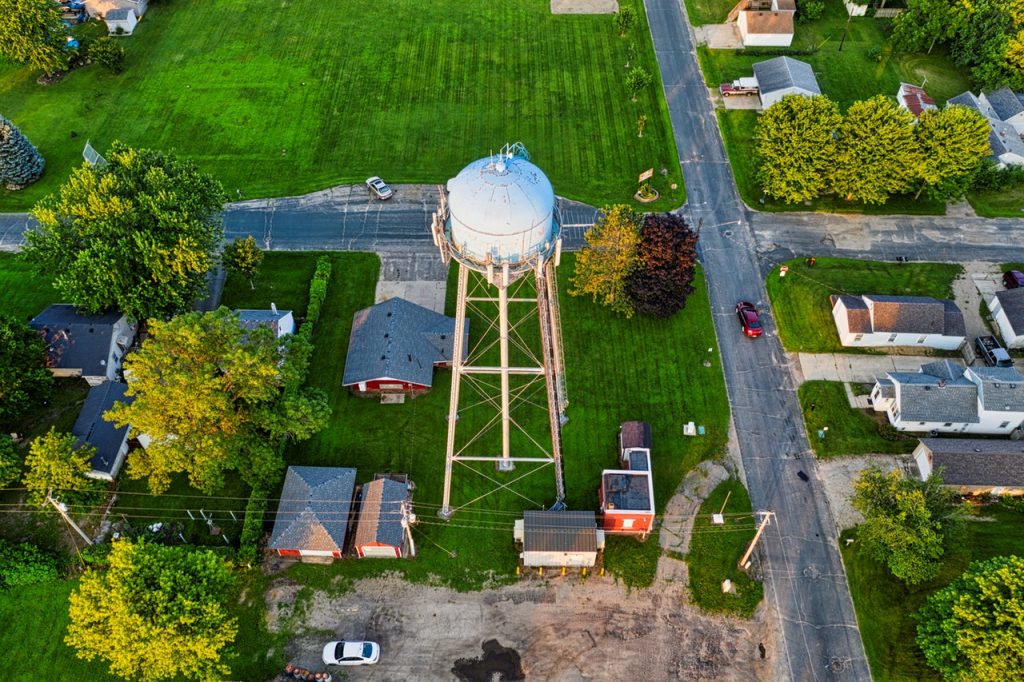Go Green with Rainwater Tanks

Rainwater tanks help to decreases stormwater runoff, conserve water, and reduce utility bills. While harvesting rainwater for gardening, and washing of cars, homeowners can install PVC pipes from these tanks to their toilets. Usually, eco-friendly materials for rainwater tanks have less environmental impacts. When rainwater tank manufacturers incorporate ‘green features’ into their designs, it can help to maximize the functions of these tanks. So, the eco-friendly rainwater tank is a win-win strategy.
Why Do We Need Greener Tank Options?
The type of materials for designing storage tanks that will harvest rainwater is essential. Usually, hard ions in water like iron, calcium, and magnesium can clog plumbing fixtures, and cause corrosion. They can also affect the materials of rainwater tanks and the quality of water in them. While rainwater harvesting tanks might be used as storage for non-potable water, contaminants could cause discolouration on plumbing fixtures. However, environmentally-friendly rainwater storage tanks help to reuse water from natural sources safely.
 Collapsible Tanks
Collapsible Tanks
Collapsible rainwater tanks that are made from eco-friendly materials promote greener living habits. As portable storage tanks, they can be set up in multiple indoor and outdoor locations. Apart from their ease of use, collapsible rainwater tanks are economical and have low profiles. Shaped like pillows; collapsible water tanks ensure quick harvesting of water. Also, these flexible tanks are convenient options for managing stormwater.
Bladder Tanks
While bladder tanks are cost-effective water storage options, they can fit into small spaces. As an eco-friendly building accessory, rainwater bladder tanks are alternative solutions to steel tanks. These bladder tanks can hold between 20 to 200,000 gallons of rainwater. Unlike non-environmentally-friendly materials, bladder tank manufacturers use BPA-free urethane materials.
Bladder tank urethane materials are membranes that expand with the inflow of water, and contracts when they are empty. Also, the space-conserving design of these tanks ensures they can be set up horizontally or vertically. Usually, high-end models have ports and plugs on bladder tanks. These components help to drain the first rainwater that is harvested after a long dry season of an empty tank.
Fibreglass rainwater Tanks
Fibreglass materials are clean, but not flexible options for rainwater tanks. The tank’s non-flexible shapes don’t affect its capacity to store freshwater and promotes environmental sustainability. However, they maintain fixed positions like plastic rainwater tanks after installation. Usually, manufacturers of high-quality fibreglass rainwater tanks use corrosion-proof serviceable components. This rust-resistant feature allows owners of fibreglass tanks to wash them with chemicals, and install them as underground tanks.
Choosing an Ideal Rainwater Tank Material
Environmentally-friendly water storage tanks add value to your home. Naturally, rainwater gathering doesn’t require mechanical pumps with moving parts that cause noise pollution. When considering the choice of an ideal rainwater storage solution, discuss your needs, budget, and environmental impacts. Instead of paying for water consumption, homeowners can connect rainwater tanks to sprinkler systems for garden irrigation. Also, eco-friendly rainwater bladder tanks are handy for stormwater management, and toilet flushing.
What Are The Drawbacks With These Tanks?
Being an eco-friendly rainwater tank doesn’t prevent buyers from experiencing some drawbacks. Usually, long-standing rainwater in these tanks often promotes the growth of algae and bacteria. However, smart homeowners should apply gel coats on the internal base of fibreglass tanks, and clean empty bladder tanks regularly. Another drawback with using fibreglass materials is their brittle nature. Since glass is fragile, it’s prone to cracks; especially when the rainwater tank sits on the ground. Additionally, owners of fibreglass rainwater tanks can use pads like polyethylene liners to minimize the risk of any damage before placing them on the ground.



